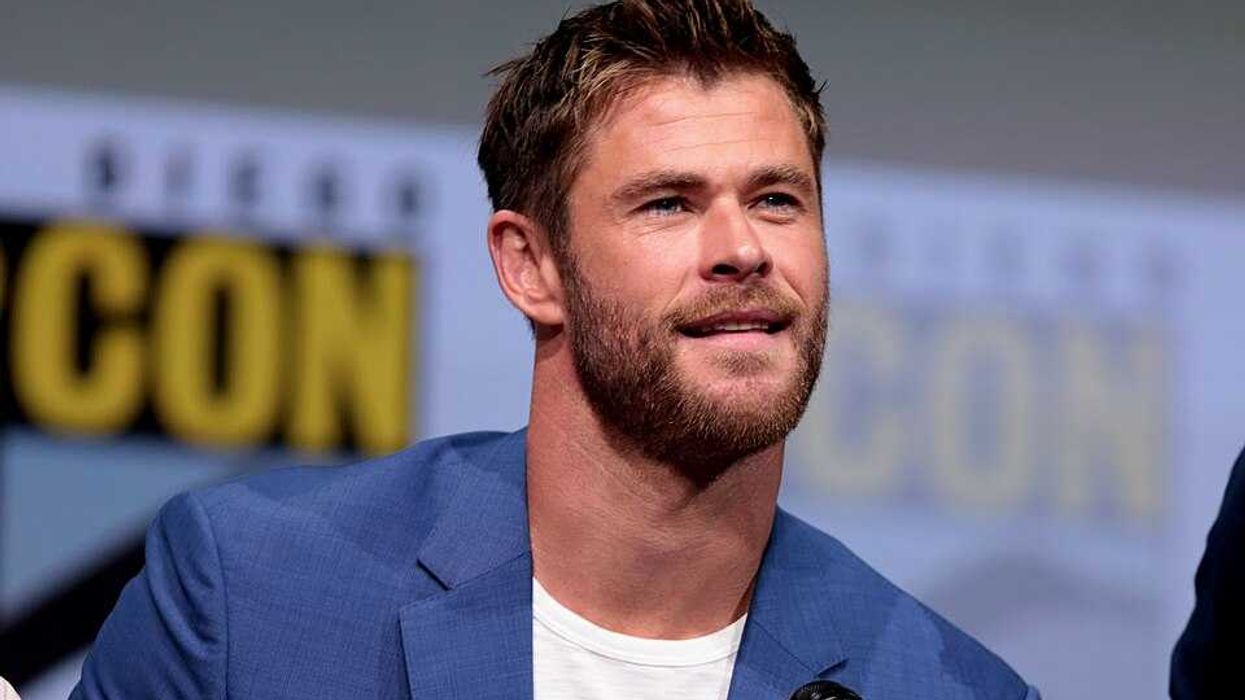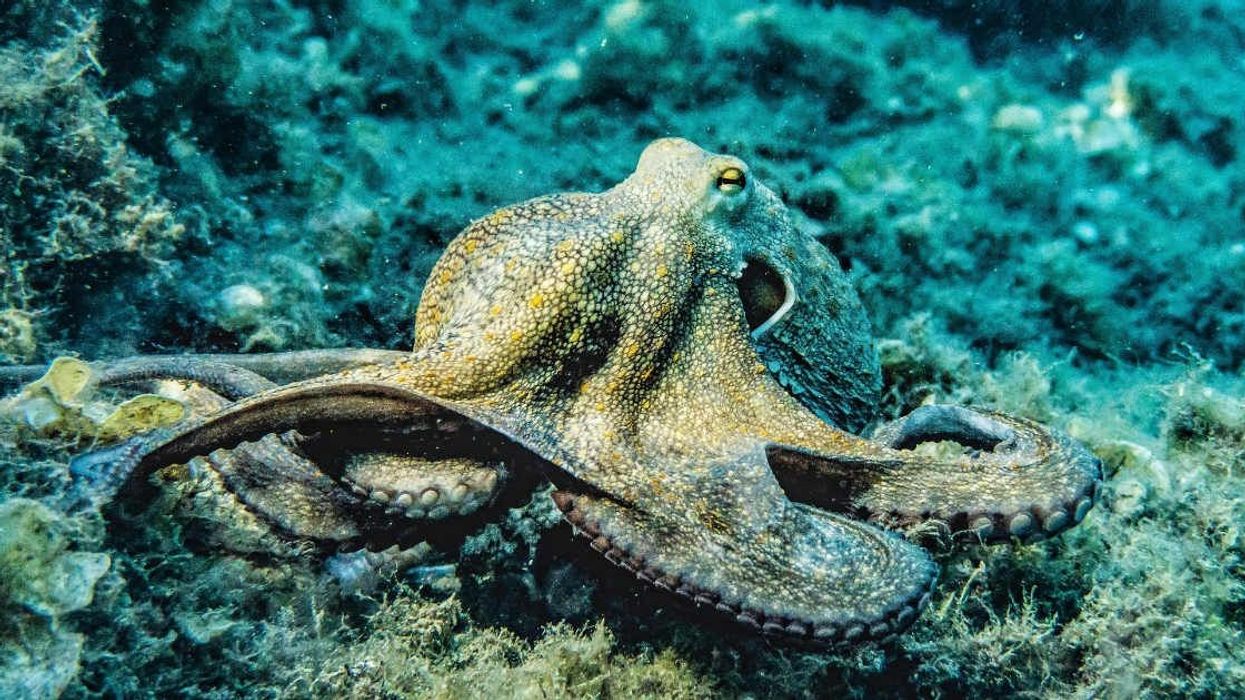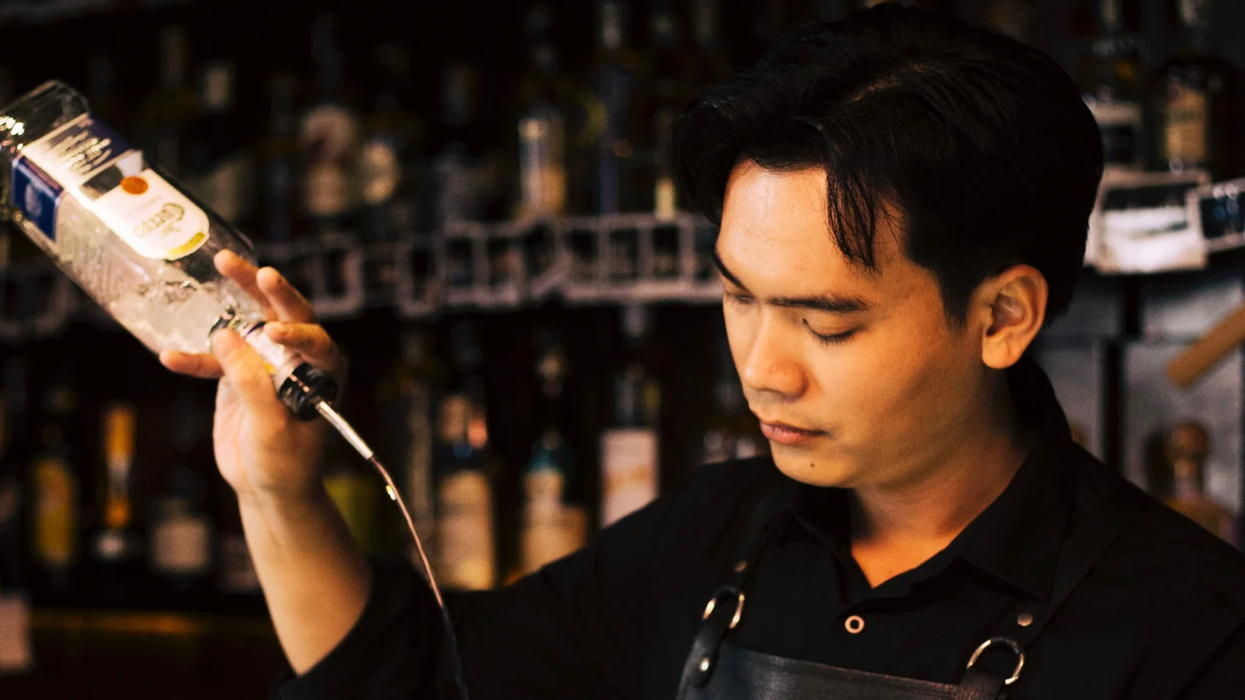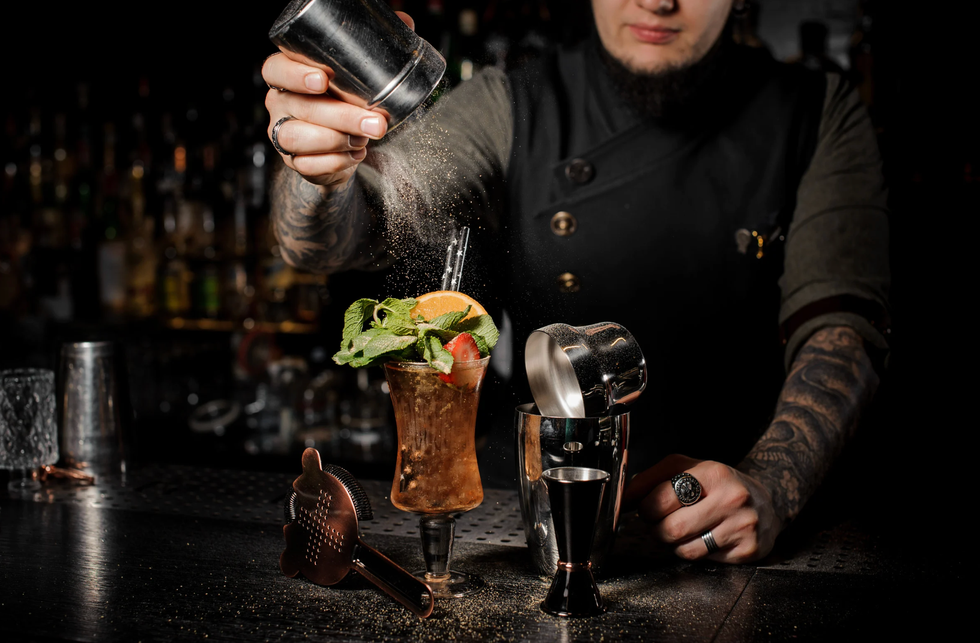Antonio Diaz Chacon was 23-years-old when he jumped in his car to chase down an alleged child abductor. An undocumented immigrant from Mexico, he later rescued the girl and called the police. Isra Daraiseh was a college student during the Flint Michigan hazardous water crisis. She led efforts of Muslim organizations to distribute free drinking water and testing. You've probably never heard of Antonio or Isra, but that is about to change thanks to a provocative new art installation. Reclaiming the Pedestals: Protector Monuments, a pop-up at the intersection of public art, storytelling and activism, asks people to re-imagine what monuments should depict and who they should celebrate.
Life-size statues of Antonio and Isra will be on display along with three other sculptures commissioned by I Am Your Protector (IAYP). The sculptures are created by Joe Reginella, an artist known as "the Banksy of monuments," and will be installed in New York's Union Square. The inspiration behind the project comes from IAYP, a group dedicated to breaking down walls across perceived lines of religious, ethnic and gender divisions. They aim to diffuse the sense of the "other" that people feel towards people unlike themselves. This "otherness" can often become the catalyst for conflict and hate.
Public monuments, which literally place people on pedestals in order to collectively remember and celebrate them as a society, are a reflection of our shared values. Although monuments are all around us in public squares across the globe, the conversations and activism around the lack of representation and symbols of racism among them are growing stronger. Monuments across the globe—from London's Rhodes & Churchill statues to Richmond, Virginia's Davis monument are being protested, vandalized or simply pulled down as the pressure has increased to remove any and all symbols of racism and inequality. In London, the capital's mayor, Sadiq Khan, has announced the convening of a special commission to debate the dismantling (and erection) of city statues.
Positive stories like those of Antonio, Isra and the others in the installation—those from marginalized, misunderstood groups—are seldom told and rarely depicted in our statues. Currently whether through stories circulating online or rhetoric dominating the political sphere, many narratives around these communities inspire polarization, fear, and hatred. Yet, at the same time, the public is underexposed to messages that encourage unity and fellowship.
The genesis of the project was truly an aha moment for Dani Laurence, I Am Your Protector co-founde and lead in the project. Laurence was visiting a museum in Venice several years ago and was attracted to a display of statues. She remembers being struck by the power of their presence—then something clicked making her realize the connection to her mission of telling untold positive stories of refugees and the marginalized. Perhaps this could be a new way to share their stories. "I wanted to think of a way to tell positive stories of refugees and minorities in a way that would be most memorable and it came to me. Statues are both material and conceptual helping us depict how we see ourselves and others. "Imagine," Laurence says with emotion, "A refugee child walking hand in hand with their parent coming across these statues and seeing someone from their own community celebrated on a pedestal—and not disparaged as a burden, or worse, on the nightly news. This changes the narrative in a lasting, memorable way." Four years later that epiphany is becoming a reality.
Each statue tells the story of an individual who protected someone else. For example in 2016, Mohsen Saleh Alwais, a Syrian refugee living in the Netherlands, noticed a crowd of people taking photos watching as a man was drowning in a canal. He instinctively started to take off his jacket and dive into the water. Someone tried to stop him and warn him that if he jumped in then two people would drown. "The first thought in my mind was perhaps that man had a family and children. It's not that I knew him or knew he had a family but that was in my imagination. Because we experienced war and death—the value of family is so strong with me," remembers Alwais. I stopped for a second. I didn't think of the physics, my only thought was about his family–this is what I thought." Alwais was both surprised and humbled when he learned that his saving action was going to be immortalized through a statue of him. And, although he doesn't feel worthy himself, he can see the benefit of the project. "You know what people need? Good people everywhere need a chance to prove their goodness. What you hear on news and social media and especially with refugees you hear only negative stories, nobody shows refugees in a good way. Perhaps this can change the ideology that there are good refugees---they are human...this could."
A New Yorker, construction worker Wesley Autrey, is represented for his life-saving actions when he noticed a man collapsed on subway tracks and jumped down to save his life. As the one train appeared, Autrey covered the man with his body as five train cars rolled menacingly close above. Also featured are Jewish security guards who protected mosques in London following anti-Muslim incidents.

















 Screenshots of the man talking to the camera and with his momTikTok |
Screenshots of the man talking to the camera and with his momTikTok |  Screenshots of the bakery Image Source: TikTok |
Screenshots of the bakery Image Source: TikTok | 
 A woman hands out food to a homeless personCanva
A woman hands out food to a homeless personCanva A female artist in her studioCanva
A female artist in her studioCanva A woman smiling in front of her computerCanva
A woman smiling in front of her computerCanva  A woman holds a cup of coffee while looking outside her windowCanva
A woman holds a cup of coffee while looking outside her windowCanva  A woman flexes her bicepCanva
A woman flexes her bicepCanva  A woman cooking in her kitchenCanva
A woman cooking in her kitchenCanva  Two women console each otherCanva
Two women console each otherCanva  Two women talking to each otherCanva
Two women talking to each otherCanva  Two people having a lively conversationCanva
Two people having a lively conversationCanva  Two women embrace in a hugCanva
Two women embrace in a hugCanva 
 A reddit commentReddit |
A reddit commentReddit |  A Reddit commentReddit |
A Reddit commentReddit |  A Reddit commentReddit |
A Reddit commentReddit |  Stressed-out employee stares at their computerCanva
Stressed-out employee stares at their computerCanva
 Who knows what adventures the bottle had before being discovered.
Who knows what adventures the bottle had before being discovered. 
 Gif of young girl looking at someone suspiciously via
Gif of young girl looking at someone suspiciously via 

 A bartender makes a drinkCanva
A bartender makes a drinkCanva